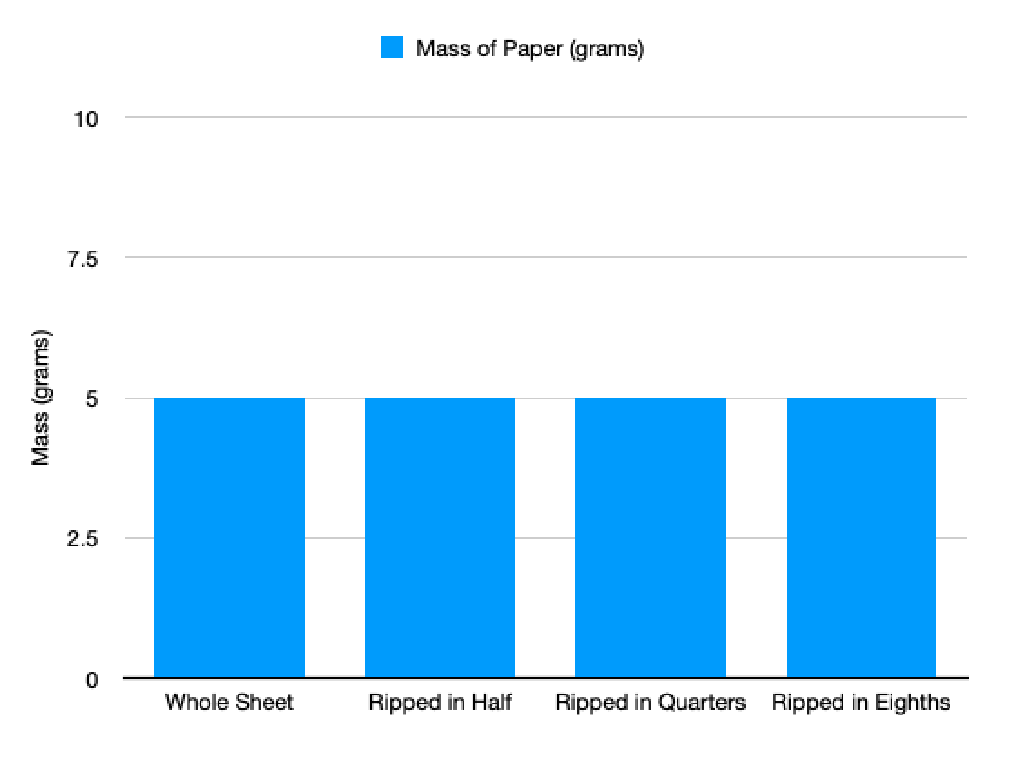Correct Errors With Indefinite Pronoun-Verb Agreement
Subject: Language arts
Grade: Seventh grade
Topic: Verb Types
Please LOG IN to download the presentation. Access is available to registered users only.
View More Content
Mastering Indefinite Pronoun-Verb Agreement
– Explore verb types
– Learn pronoun-verb agreement
– Indefinite pronouns can be singular or plural, affecting the verb form.
– Understand agreement importance
– Proper agreement ensures clarity and grammatical correctness.
– Practice with examples
– ‘Everyone is’ vs. ‘Everyone are’ – which is correct?
|
This slide introduces the concept of verb types and focuses on the rules of indefinite pronoun-verb agreement. It’s crucial for students to recognize that indefinite pronouns, such as ‘everyone’, ‘someone’, or ‘anything’, often require singular verbs, despite sometimes referring to more than one person or item. Emphasize the importance of correct agreement for clear communication. Provide examples and exercises to practice identifying the correct verb forms to use with different indefinite pronouns. Encourage students to create sentences using indefinite pronouns and to explain their verb choices.
Exploring Verb Types
– Define a verb
– A verb is a word that expresses an action or a state of being.
– Types: Action, Linking, Helping
– Action verbs show what the subject does. Linking verbs connect the subject to more information. Helping verbs assist the main verb.
– Action verb examples
– ‘Run’, ‘speak’, and ‘write’ are action verbs.
– Linking & Helping verb examples
– Linking: ‘seem’, ‘become’. Helping: ‘has’, ‘should’
|
Begin with a clear definition of a verb to set the foundation for understanding. Then, categorize verbs into action, linking, and helping, providing a brief explanation of each. Use common and relatable examples for action verbs to ensure comprehension. For linking and helping verbs, choose examples that clearly demonstrate their function in a sentence. This slide aims to clarify the different roles verbs can play and how they contribute to the structure and meaning of a sentence. Encourage students to come up with additional examples and to identify the verbs in sentences from their reading material.
Mastering Indefinite Pronouns
– Understanding indefinite pronouns
– Words that don’t refer to a specific person or thing, e.g., ‘someone’, ‘anything’.
– Singular vs. plural forms
– Singular pronouns match with singular verbs, while plural pronouns use plural verbs.
– Examples: singular pronouns
– ‘Anyone’, ‘everyone’, ‘somebody’ take singular verbs: ‘is’, ‘has’, ‘does’.
– Examples: plural pronouns
– ‘Both’, ‘few’, ‘many’ pair with plural verbs: ‘are’, ‘have’, ‘do’.
|
This slide introduces the concept of indefinite pronouns and their agreement with verbs, which is a common source of errors in writing. Start by explaining that indefinite pronouns refer to nonspecific persons or things. Highlight the difference between singular and plural forms, emphasizing the importance of matching these pronouns with the correct verb forms to maintain subject-verb agreement. Provide clear examples for both singular and plural pronouns, and encourage students to create sentences using these pronouns with the correct verb agreements. This will help solidify their understanding and ability to use indefinite pronouns correctly in their writing.
Mastering Pronoun-Verb Agreement
– Importance of agreement for clarity
– Clear agreement avoids confusion in sentences
– Singular pronouns need singular verbs
– ‘Everybody wants’ not ‘Everybody want’
– Plural pronouns require plural verbs
– ‘They run’ not ‘They runs’
– Practice makes perfect
|
Understanding pronoun-verb agreement is essential for clear communication. This slide emphasizes the importance of matching singular pronouns with singular verbs and plural pronouns with plural verbs to maintain clarity in writing. Provide examples such as ‘Everybody wants to succeed’ (singular) and ‘They run every morning’ (plural) to illustrate correct usage. Encourage students to practice by identifying errors in sample sentences and creating their own sentences using proper agreement. This practice will help reinforce the concept and improve their writing skills.
Mastering Indefinite Pronoun-Verb Agreement
– Common mistakes to watch for
– Indefinite pronouns like ‘everyone’ or ‘nobody’ often lead to verb agreement errors.
– Interactive error spotting
– We’ll use examples on the board to highlight errors in real-time.
– Group sentence correction
– As a class, we’ll correct sentences and explain the rules applied.
– Practice makes perfect
|
This slide is aimed at helping students identify and correct common mistakes related to indefinite pronoun-verb agreement. Start by explaining that indefinite pronouns can be singular or plural, depending on the context, and this affects the verb form they agree with. Use interactive whiteboard examples to engage the class in spotting errors. Then, correct sentences as a group to reinforce the rules. Encourage students to explain why a correction is made to deepen their understanding. Provide additional practice worksheets for students to work on individually, ensuring they apply the rules learned.
Practice Makes Perfect: Pronoun-Verb Agreement
– Work on practice sentences individually
– Group activity to find and correct errors
– Collaborate to identify incorrect pronoun-verb pairs
– Share and discuss corrections
– Explain your reasoning for each correction
– Understand pronoun-verb agreement
– Grasp why agreement is crucial for clarity
|
This slide is designed for an interactive class activity focused on indefinite pronoun-verb agreement. Students will start by working on sentences individually to practice identifying and correcting errors. Then, they will form groups to find and correct errors together, which encourages collaborative learning and peer teaching. After the group activity, students will share their corrections with the class and discuss the changes made. This discussion will reinforce the rules of pronoun-verb agreement and highlight the importance of this skill for clear communication. As a teacher, be prepared to provide guidance and clarification during the activities. Offer examples of common errors and tips for spotting them. Encourage students to explain their thought process during the discussion to deepen their understanding.
Let’s Play: Grammar Agreement Game
– Understand pronoun-verb agreement
– Form teams for a grammar challenge
– Correct sentences to earn points
– Each team will be given sentences with errors to fix
– Reflect on common mistakes
– Discuss why the corrected version is right
|
This interactive game is designed to reinforce the rules of indefinite pronoun-verb agreement. Divide the class into small teams to foster a collaborative learning environment. Provide each team with a set of sentences that contain common errors in pronoun-verb agreement. Teams will earn points for each sentence they correctly revise. This activity not only makes learning grammar rules more engaging but also allows students to learn from each other’s thought processes. After the game, hold a discussion to reflect on the most common mistakes and clarify any misunderstandings. This will help solidify the concept and ensure that students can apply the rules to their writing.
Class Activity: Indefinite Pronouns & Verb Agreement
– Create sentences with indefinite pronouns
– Use verbs that agree with your pronouns
– Exchange papers with classmates
– Share your work for peer review
– Give and receive feedback on verb agreement
– Discuss the feedback to understand errors
|
This activity is designed to reinforce the lesson on indefinite pronoun-verb agreement. Students will apply their understanding by creating their own sentences, ensuring that the verbs correctly agree with the indefinite pronouns they choose. After writing their sentences, students will exchange their work with classmates for peer review. This collaborative process will allow students to give and receive constructive feedback, fostering a deeper understanding of the subject matter. As a teacher, circulate the room to offer guidance and support. Possible variations of the activity could include creating sentences in small groups, using a worksheet with pre-written sentences for correction, or creating a game where students identify errors in sentences presented by the teacher.
Wrapping Up: Pronoun-Verb Agreement
– Review of pronoun-verb agreement
– Significance of accurate agreement
– Homework: Craft a short story
– Incorporate at least five indefinite pronouns
– Use indefinite pronouns correctly
– Ensure they agree with the verbs in your story
|
As we conclude today’s lesson, it’s crucial to recap the key points on pronoun-verb agreement to reinforce the learning. Understanding how to match indefinite pronouns with the correct verb forms is essential for clear and grammatically correct writing. For homework, students are tasked with writing a short story that includes at least five different indefinite pronouns used correctly with verbs. This exercise will help students apply what they’ve learned in a creative context. Encourage them to proofread their stories to check for agreement. In the next class, we can discuss some of the stories and highlight the correct uses of pronoun-verb agreement.






